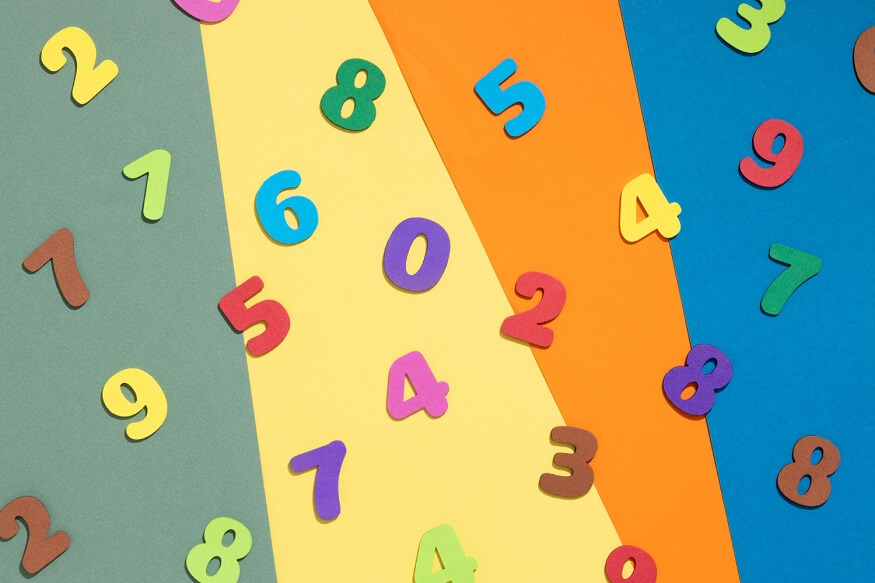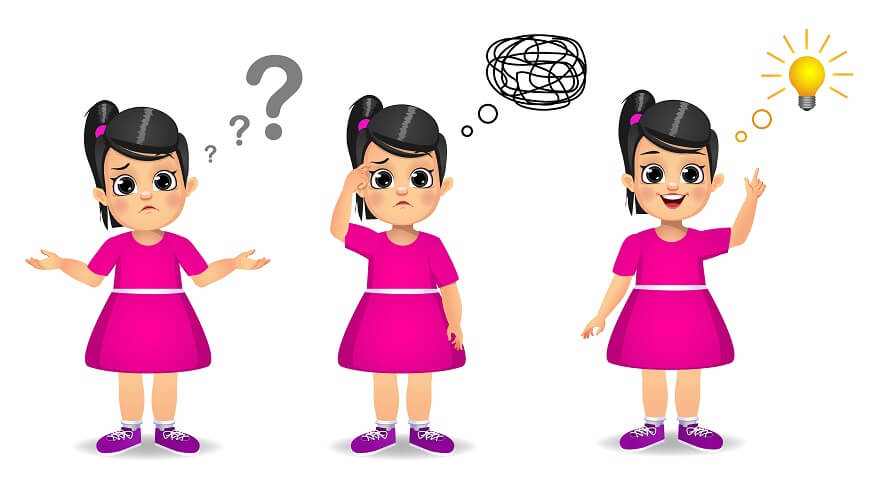A very interesting topic today, it will intrigue you and will make you want to know more as you keep going on. So, let us quickly understand a few facts and factors about composite numbers for kids. This world cannot function without numbers, and teaching your kids numbers at a very young age is necessary. When kids learn numbers, they learn the basics of math, including different types of numbers such as natural numbers, prime numbers, odd numbers, cardinal numbers, and many more. This helps children to grasp numbers easily. Let us look further into the essential topic and the details of composite numbers. This will definitely help you make the very concept of numbers easy to understand. This will also help you to teach your kids with ease and help them to easily remember the entire concept. Here is an easy way to teach kids numbers.
Firstly, let us understand what Composite Numbers are. Composite numbers are those numbers that are easy to divide by multiple numbers. For example, 6 can be divisible by 1, 2, 3, and 6, this factor makes it a composite number.
Now let us look at the types of composite numbers for kids.
In math, there are 2 main types of composite numbers:
- Odd Composite Numbers.
- Even Composite Numbers
Odd composite numbers always include all the odd integral numbers that are not prime numbers.
Here are the examples of odd composite numbers: 9, 15, 21, 25, 27, and many more.
Even composite numbers include all the even integral numbers that are not prime numbers.
Here are the examples of even composite numbers: 4, 6, 8, 10, 12, 14, 16, and many more.
So, one might want to know how many composite numbers are between 1 and 100? In math, there are a total of 74 composite numbers from 1 to 100. Below is the full composite numbers list from 1 to 100.
|
4, 6, 8, 9, 10, 12, 14, 15, 16, 18 |
20, 21, 22, 24, 25, 26, 27, 28, |
|
30, 32, 33, 34, 35, 36, 38, 39, |
40, 42, 44, 45, 46, 48, 49, |
|
50, 51, 52, 54, 55, 56, 57, 58, |
60, 62, 63, 64, 65, 66, 68, 69, |
|
70, 72, 74, 75, 76, 77, 78, |
80, 81, 82, 84, 85, 86, 87, 88, |
|
90, 91, 92, 93, 94, 95, 96, 98, 99, |
100 |
That was the full composite numbers list from 1 to 100.
What Are Prime Numbers and Composite Numbers?
A whole positive number that is greater than 1 and cannot be divided exactly by any other whole positive number except 1 and itself.
Examples: 2, 3, 5, 7, 11.
For instance, here is another example: 5, 1 × 5 or 5 × 1. Therefore, 5 becomes a prime number because it can only be multiplied by itself or 1 to get a product. Similarly, here is one more example: 11, this number can be divided only by 11 and 1 that is what makes it a prime number.
Now, one would want to know how many prime numbers exist from 1 to 100. Well, there are a total of 25 prime numbers from 1 to 100. Below is the full list of prime numbers:
|
2, 3, 5, 7, |
11, 13, 17, 19, |
|
23, 29 |
31, 37, |
|
41, 43, 47, |
53, 59, |
|
61, 67, |
71, 73, 79, |
|
83, 89, |
97 |
It is said to be believed that numbers and their concepts can help children immensely in their academics. So, let us look further into how composite numbers for kids can make a difference in their education.
Next, let us take a look at a very different concept of what we call the highest common factor (HCF) of two composite numbers.
Let us make it easy to understand the concept with the help of the following examples:
- Let us see what will be the HCF of the two consecutive composite numbers, 6 and 8?
Solution: For the factorization, we can write two numbers as: 6= 2 x 3 and 8= 2x 4.
Now, as per the solution, we see that the HCF of 6 and 8 is the number 2.
Therefore, the HCF of 6 and 8 is 2, which is not a composite number but a prime number.
2: What will be the HCF of two composite numbers, 30 and 40?
Solution: For the factorization, we can write two numbers: 30= 2 x 3 x 5 and 40= 2 x 2 x 2 x 5.
Now, as per the solution, we see that the HCF of 30 and 40 is the numbers 2 and 5, which are prime numbers.
HCF 30 and 40 = 2 x 5 = 10.
Therefore, the HCF of 30 and 40 = 10, which is a composite number.
A fun fact is that the HCF of two composite numbers can be either a prime number or a composite number.
-
So now one might want to know how many factors does a composite number have? So, every composite number has more than two factors. The examples are as follows:
- Factors of 33 = 1, 3, 11, and 46.
- Factors of 39 = 1, 3, 13, and 39.
At EuroSchool, we know and understand the importance of numbers and the value of education. So, we ensure that when we teach our students composite numbers, we provide them with the best examples of composite numbers and ensure that every child diligently follows the composite numbers list to gain all the benefits of learning. We certainly encourage the practice of composite numbers for kids. We give every student extra time and attention to ensure that they have understood the concept clearly and can practice it on their own. We do welcome any questions and concerns that parents might have and provide activities to help kids perfect the concept and their understanding of composite numbers.
Enroll your child with EuroSchool today!











